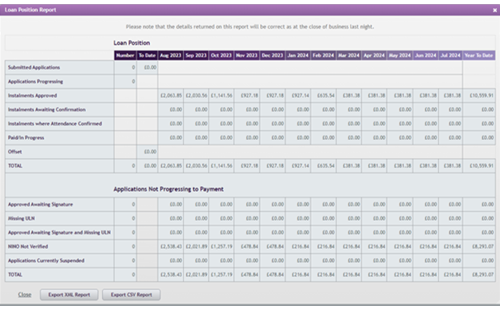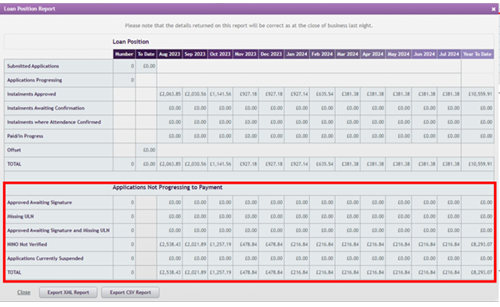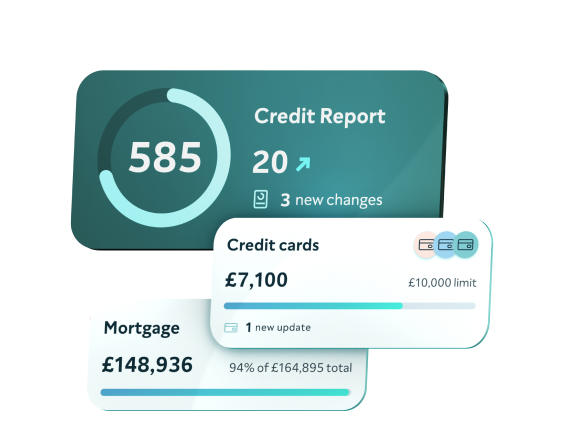Advanced Credit Assessment Technologies in Modern Lending
Contemporary loan reporting leverages cutting-edge technology to enhance credit assessment accuracy and streamline the lending process. Artificial intelligence and predictive modeling algorithms analyze borrower behavior patterns, financial stability indicators, and market conditions to generate comprehensive risk profiles that go beyond traditional credit scoring methods.
These advanced systems incorporate alternative data sources such as utility payment histories, rental payment records, and employment verification data to provide a more complete picture of borrower creditworthiness. This holistic approach enables lenders to serve previously underbanked populations while maintaining prudent risk management practices and regulatory compliance standards.
Furthermore, real-time data processing capabilities allow for dynamic risk assessment updates, enabling lenders to monitor loan performance continuously and implement proactive portfolio management strategies that optimize returns while minimizing potential losses.




